| Boasting many uses and a heavenly scent, lavender essential oils are distilled directly from the lavender plant, resulting in a highly concentrated extract of lavender’s useful compounds that’s full of health and aromatherapy benefits. For a more soothing scent and to complement to a more herbaceous oil blend, we use lavandula angustifolia, also known as fine or true lavender, where the oil is obtained from steam distillation of the flower buds. This produces a fruity and more floral lavender oil that's less camphorous, less grassy-herbal than lavender oils extracted from other parts of the plant. |
Want to get the very best of lavender’s hair growth and scalp benefits right at home? Simply massage diluted lavender oil onto your clean scalp in the evening, preferably after shower and before bed time. You can dilute lavender essential oil with a light, fast absorbing oil such as jojoba, rosehip or grapeseed (do not use coconut or sweet almond oil), and we recommend you add a couple drops of rosemary oil too! Let the oil sit on your scalp for 10 minutes and you can rinse it off or leave it in to enjoy the comforting scent of lavender as well as some scalp-healing effects.
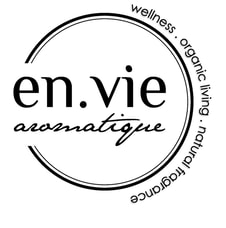
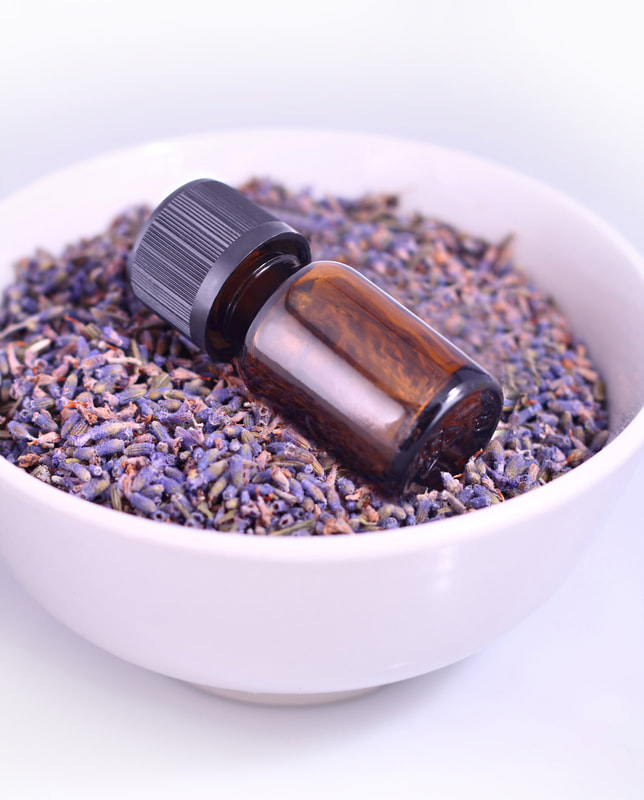
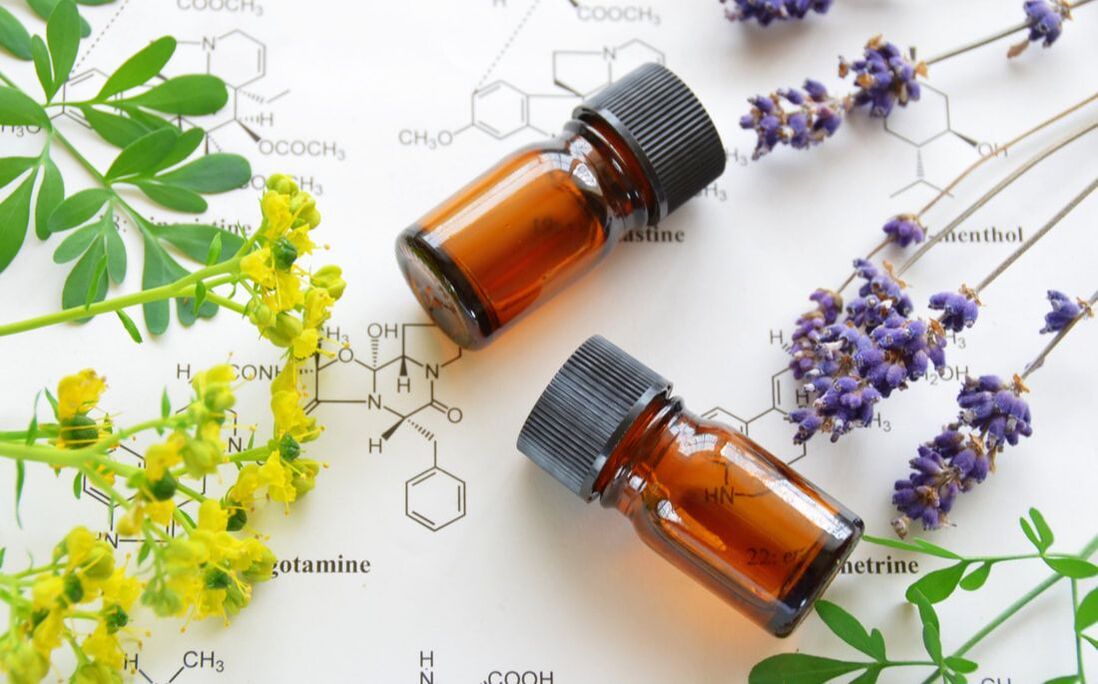
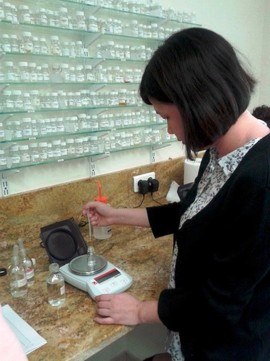
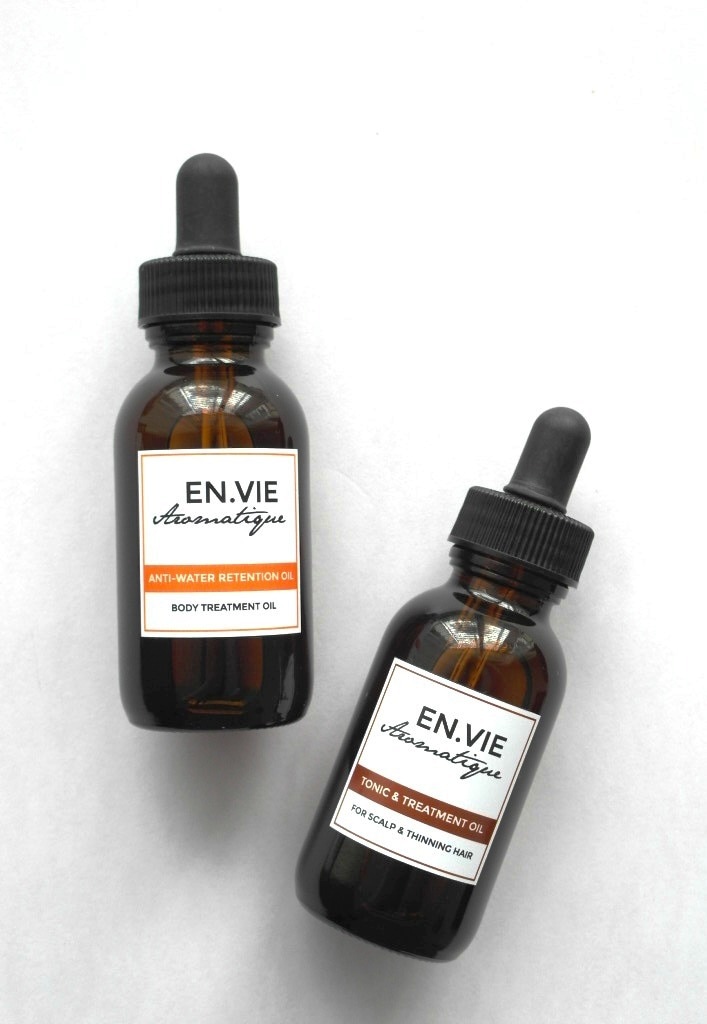
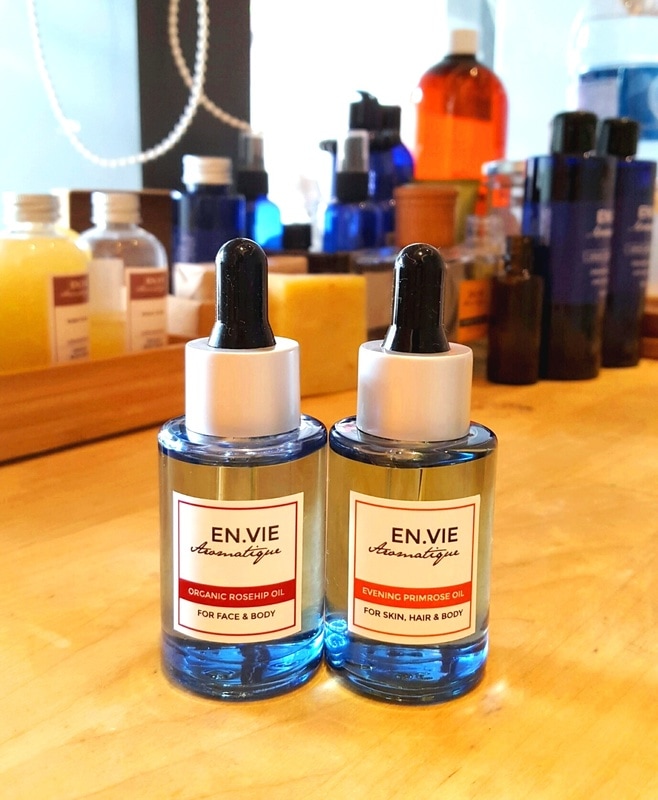
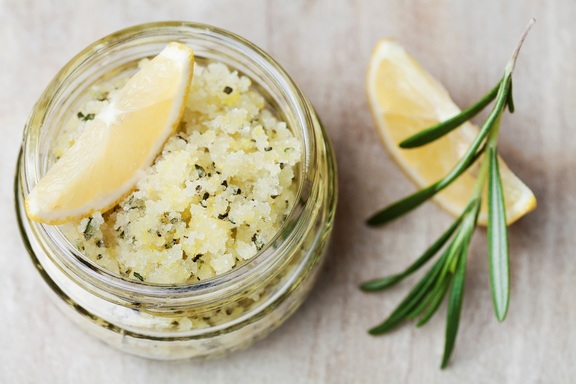
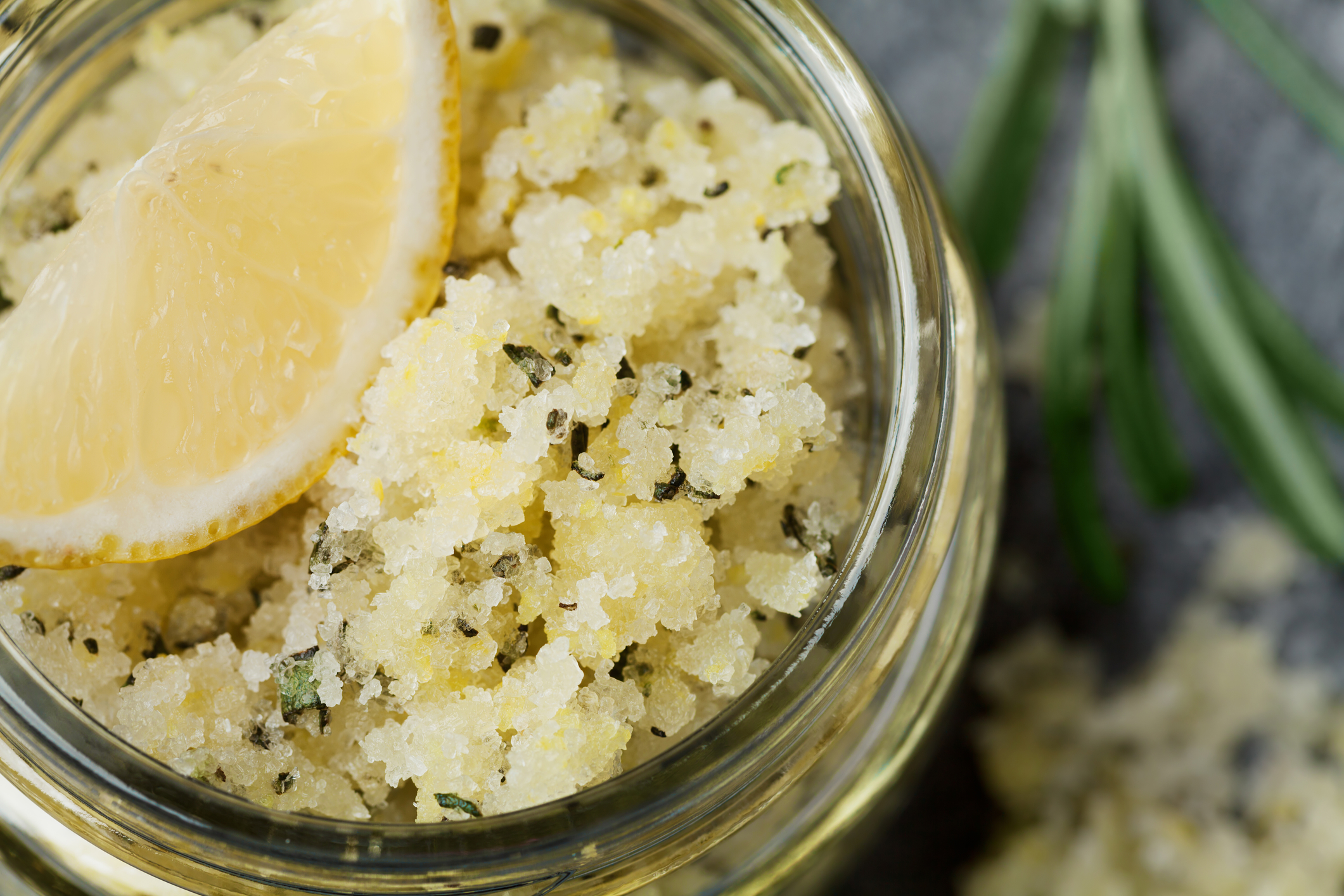
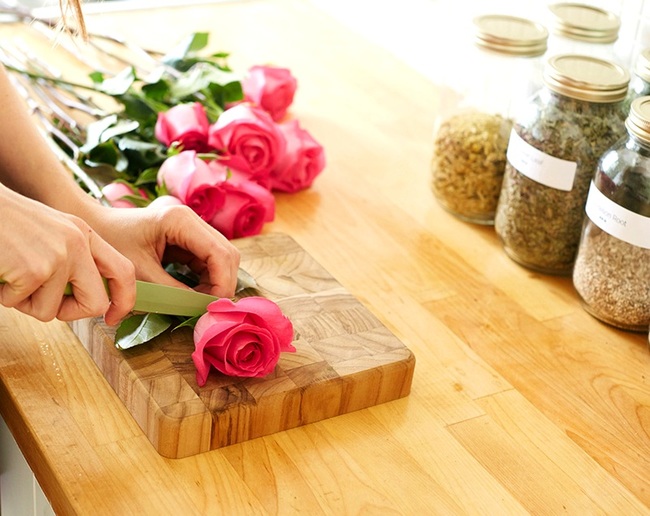
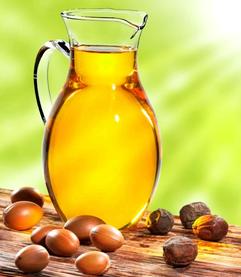
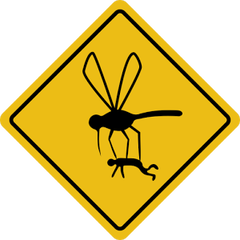
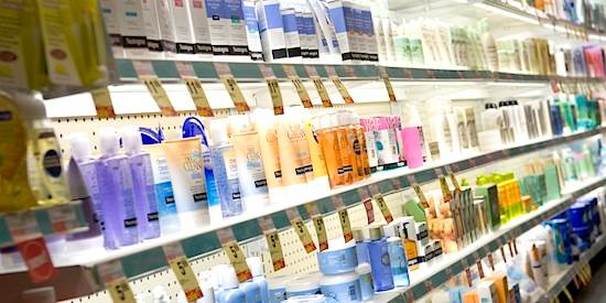
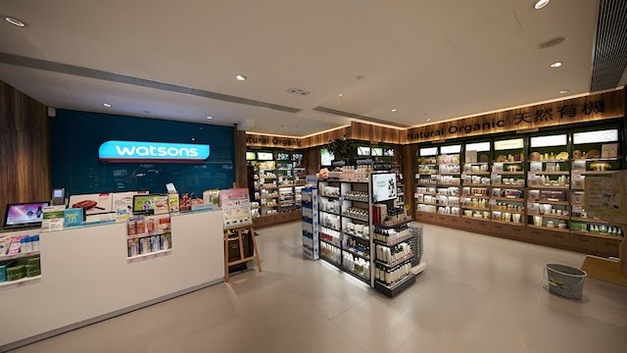
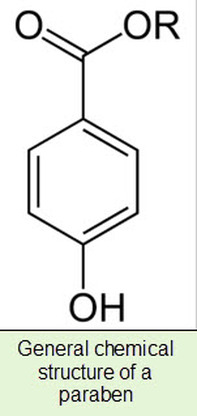
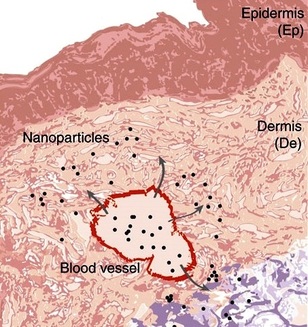
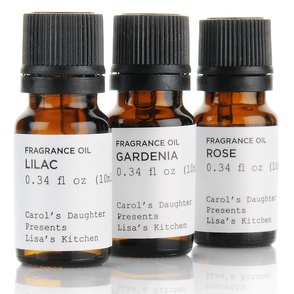
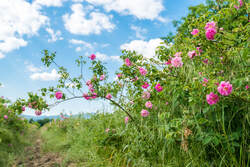
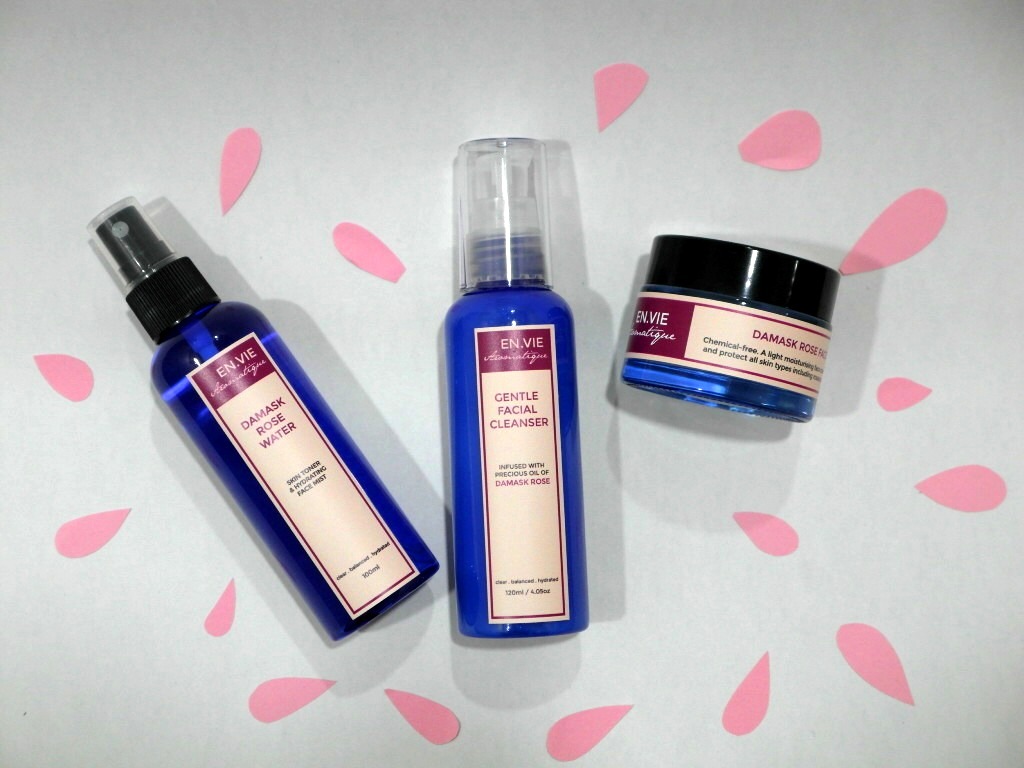
 RSS Feed
RSS Feed
